It is impossible to maintain a decent appearance of the facade of the building, to extend the service life of the structure without the presence of gutters. For this, there are ready-made structures from any materials, of different shapes and sizes. However, it is not at all difficult to make roof drainage systems from sewer pipes with your own hands. Such a device will cost inexpensively, and they will look very good.
Advantages of gutters from sewer pipes
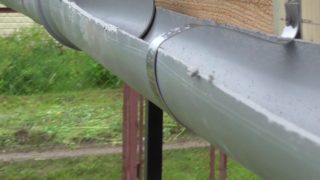
A properly executed drain will protect the facade, foundation or basement of the building from precipitation and melt water. To accomplish this task, you can use not only special drainage structures. You can also make gutters and drains from sewer plastic parts.
Such designs have many advantages in application:
- A large assortment of products for the sewerage device allows you to make gutters and drains from them for draining water from the roof of any size and shape.
- All parts are fastened with conventional clamps and brackets. With their help, the elements are fixed on vertical and horizontal surfaces.
- The plastic construction is lightweight. This greatly facilitates the transportation and installation of the storm drainage system.
- Plastic materials are easy enough to work with. They can be processed with the tools at hand.
- The plastic has good strength.
- The design does not rot, does not corrode.
- Resistant to sunlight.
- Withstand temperature changes.
The main advantage is that the cost of a homemade system is much lower than buying a ready-made structure.
The choice of pipes for the drain
Most often, for the device of a drainage system, they use:
- sewer pipe with a diameter of 110 mm for gutters;
- sewer parts 50 mm for vertical drains;
- tees for connecting elements of various diameters.
Sewer products differ according to the place of use.
- The internal system of the house is equipped with high temperature resistant drain structures. White parts are highly soundproof. They can only be used for internal gutters to collect moisture from flat roofs. They will not withstand external temperature drops.
- Gray products are also most often used for domestic sewage, but they are more durable. They can be used as external parts of gutters in regions with warm climates.
- To carry out the drainage system outside the buildings, brown sewer pipes are installed. They are durable, thick-walled and resistant to temperature changes.
The selection of suitable parts is carried out based on the individual characteristics of the building.
Independent drainage device from sewer pipes
Design
The drainage scheme will include the following elements:
- ebb;
- funnels;
- vertical pipes of risers;
- brackets;
- clamps.
Calculation of the amount of materials required:
- The gutters will run along the entire perimeter of the roof.The fewer joints of parts along the length, the more reliable the structure will become. Therefore, it is better to choose longer pipes. It should also be borne in mind that each element is cut in half.
- Vertical risers are installed at a distance of no more than 12 meters. If the length of the building is less, then the gutters are arranged in the corners. Their length is equal to the height of the house.
- Corner elements for risers are also required to drain water into storm sewers or trays. They are usually installed at the top and bottom of the structure.
- The number of brackets for gutters is calculated on the basis of an installation step of 50-60 cm. Additional elements are required at the joints of two ebbs, the places where the funnels are installed, at the corners of the building.
- Riser holders fix the elements to the wall. They will need at least two pieces for each part of the riser.
- Funnels are installed on each vertical drain.
The gutters will also require: plugs for dead-end sections, water overflow stops, connectors, external and internal corner elements.
To work on the construction of a drainage system from sewer pipes with your own hands, you need the following tools:
- grinder or hacksaw for metal for cutting plastic parts;
- building level and tape measure;
- screwdrivers or screwdriver;
- file;
- rope;
- stairs.
After the preparation of all materials and tools, they proceed to the device of the drainage structure.
Installation steps
Most often gutters from sewer pipes are attached to the rafters or cornice before laying the roofing materials. If the drainage system is installed in a finished building, then it is fixed to the roof. It is also rational to use this option with a large distance from the edge of the roof to the walls of the house. The gutters are installed in such a way that one third of the element width is under the roof.
Installation of outflows from sewer pipes is carried out with a mandatory bias towards the funnel. It averages 2 to 5 degrees.
Stages of installation work:
- A sewer pipe gutter is made by sawing a plastic part longitudinally. At the ends of the elements, solid sections are left for connection. Sawing points must be sanded.
- First, the corner elements are attached to the brackets. The fixing of the parts is carried out using self-tapping screws.
- A rope is pulled between the two corners as a level. It is required to check its bias.
- With a step of 50-60 cm, the remaining brackets are attached and the gutters are mounted. The elements are attached to each other with glue or connectors are used. The joints must be sealed. Install plugs at the ends of the gutters.
- The drainage funnels are mounted on rubber gaskets.
- Next, clamps are fastened for vertical drain parts. They are located at a distance of 5-10 cm from the surface of the walls.
- Vertical structures are assembled and installed in holders.
Protection of gutters from sewer pipes from debris is made of plastic nets. They are cut into strips and rolled into a cylinder. Its diameter should be slightly smaller than the gutter. Each element is fixed with a clamp or wire and laid in the ebb. The mesh also protects the details of the funnels.
For flat roofs, gutters are not required. With this option, only drainage funnels and vertical risers are installed. The roofing material should fit into the base of the funnel. The top is protected from the mesh.

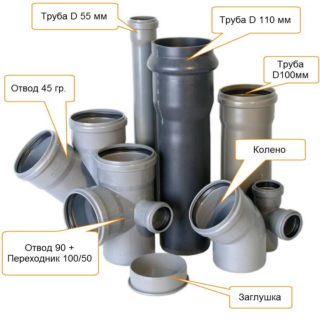
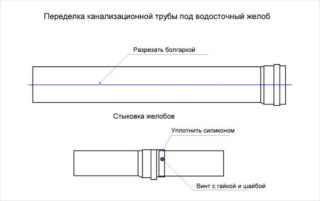
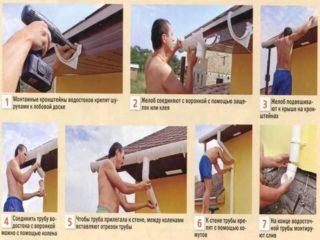
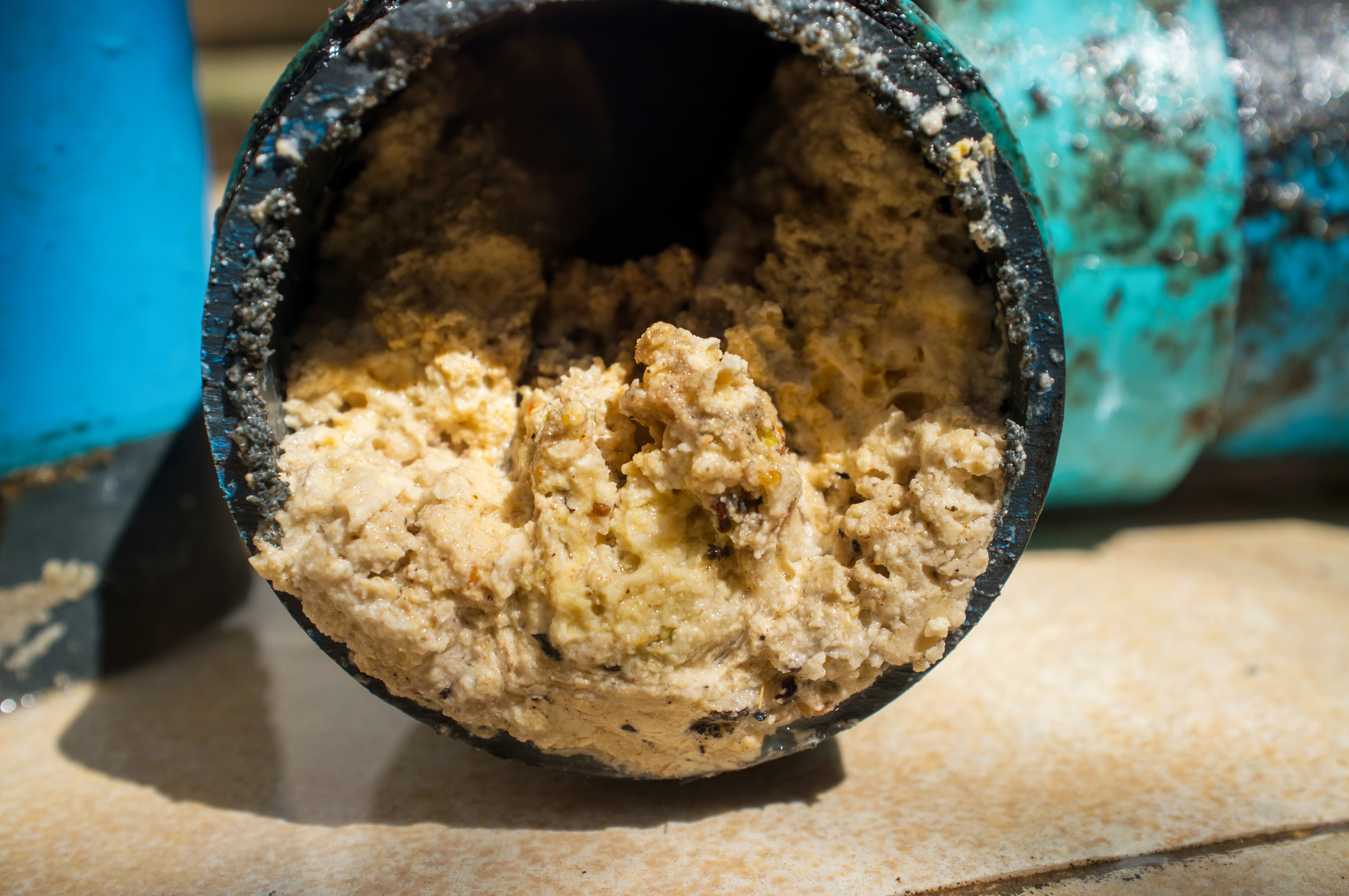
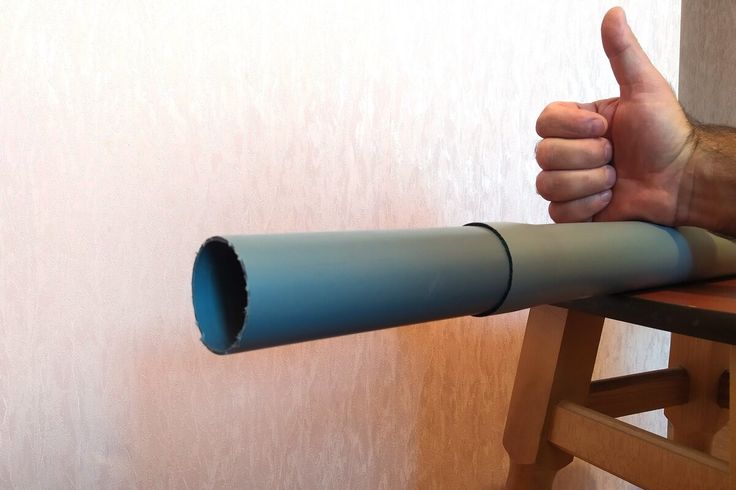
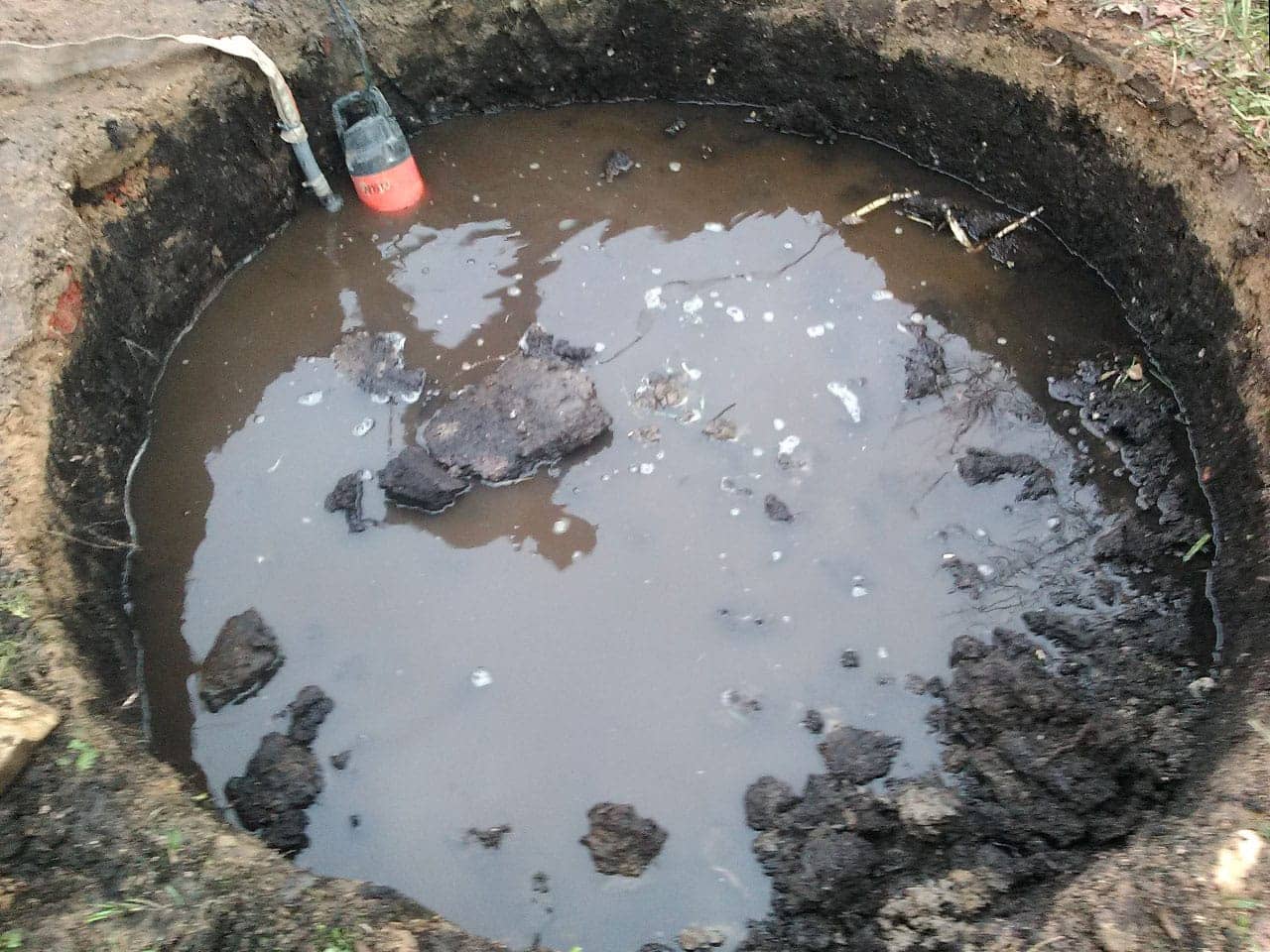
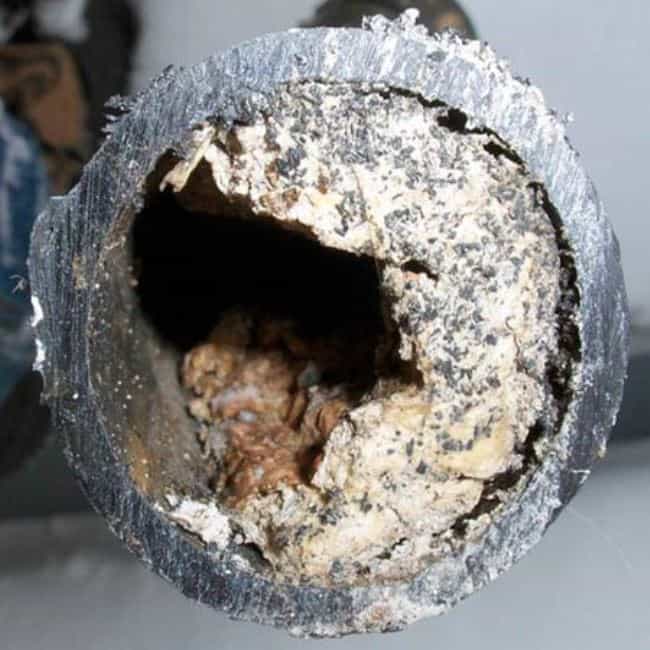
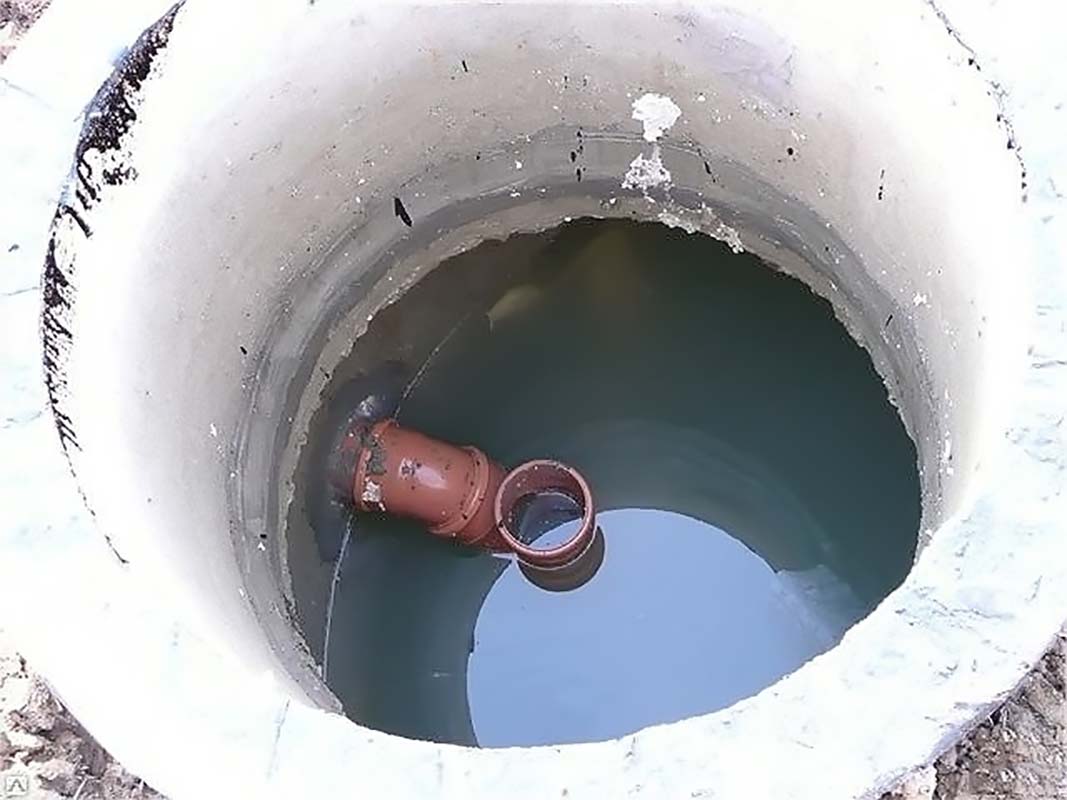

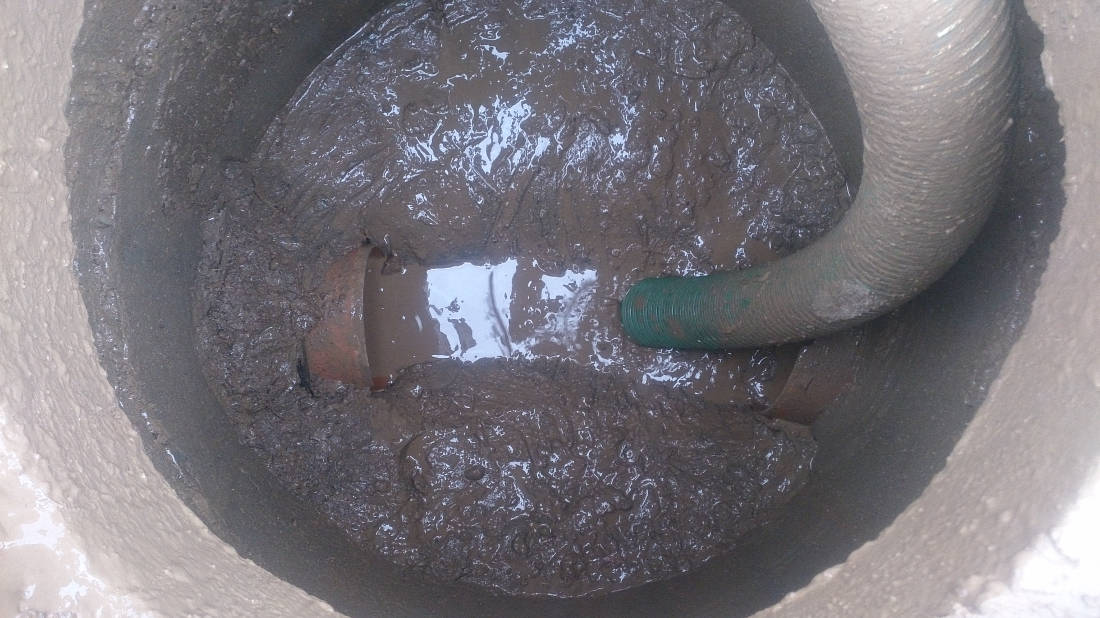
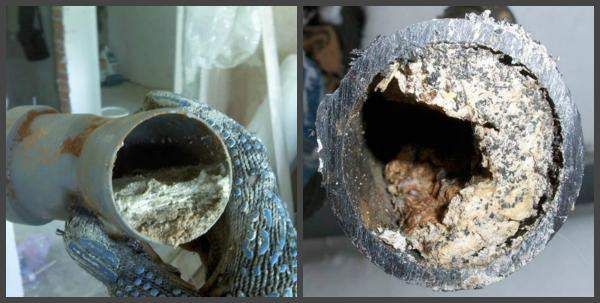
There is absolutely no advantage, since plastic, under the influence of the sun, collapses and such a drain will last for a maximum of 2 years. I am writing this, because I faced this myself, and made a drain from PVC pipes and plastic, the result is the same.